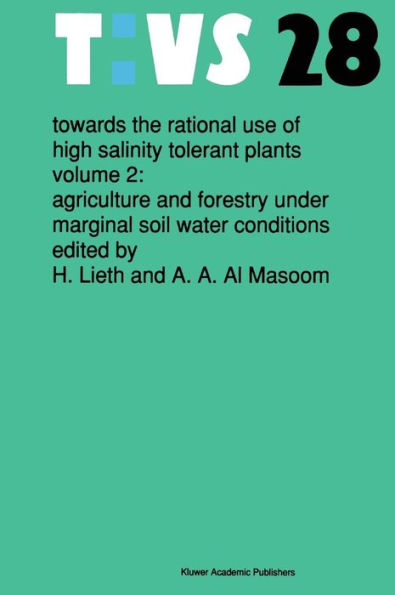5
1
9780792318668


Towards the rational use of high salinity tolerant plants: Vol 2: Agriculture and forestry under marginal soil water conditions / Edition 1 available in Hardcover

Towards the rational use of high salinity tolerant plants: Vol 2: Agriculture and forestry under marginal soil water conditions / Edition 1
- ISBN-10:
- 0792318668
- ISBN-13:
- 9780792318668
- Pub. Date:
- 01/31/1993
- Publisher:
- Springer Netherlands
- ISBN-10:
- 0792318668
- ISBN-13:
- 9780792318668
- Pub. Date:
- 01/31/1993
- Publisher:
- Springer Netherlands
219.99
In Stock

Product Details
| ISBN-13: | 9780792318668 |
|---|---|
| Publisher: | Springer Netherlands |
| Publication date: | 01/31/1993 |
| Series: | Tasks for Vegetation Science , #28 |
| Edition description: | 1993 |
| Pages: | 447 |
| Product dimensions: | 8.27(w) x 10.98(h) x 0.04(d) |
From the B&N Reads Blog
